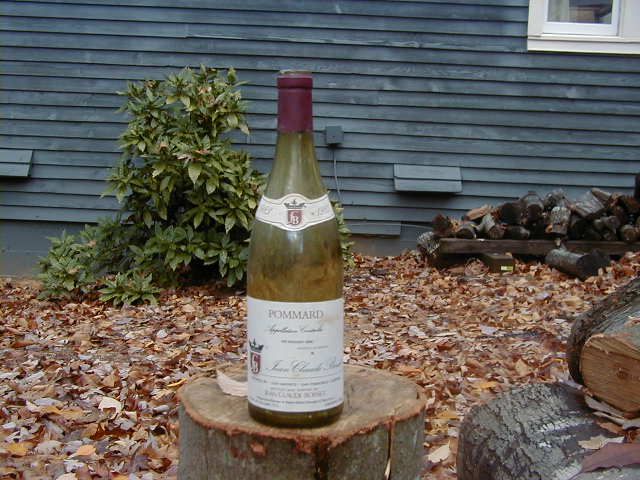
Note: Multiple images are downloaded by this file. Please have patience until your web browser lets you know it has downloaded the images (a "Document Done" message or something similar will let you know that). It will take a few minutes! If you do NOT want to continue, just press the Stop button of your browser, followed by the Back button.
The photographs shown in this example are in the PC as a result of scanning the photograph or as obtained from a digital camera. The following pictures default to digital camera origin and, if not, the shown picture will be identified as a scanned image. Scanned photographs are scanned at 300 PPI (Pixels Per Inch), 150 or 100 PPI, and the chosen PPI will be identified in the comments for that particular image.
The following is aimed at showing examples of using the PC, digital cameras, and perhaps scanners, as part of home PC environment. Hopefully, the shown pictures will give you some ideas for your home use of PCs.
Contact SCScompA if you have any comments/questions regarding anything that is shown in this Web page.
I am not a digital camera expert. I encourage you to read your digital camera's documentation!
However, in this month's example of how I use my Olympus digital camera I would like to show an example of using the Olympus "Macro" support. The reason for showing this is appropriate for the holiday season:
Use Olympus's macro mode anytime you are taking closeups.
The following is an example.
First, let's assume we are taking a picture of the following -- aiming at the wine bottle as the major item. Naturally, the wine bottle could be anything -- such as a person's face.
The wine bottle was about 15 feet from where I was standing when I took this picture.
Normally, the first picture is taken with a slight zoom, as I used in the following.

Zooming in a little closer brings the main subject (the wine bottle, in this case)forward in the picture.
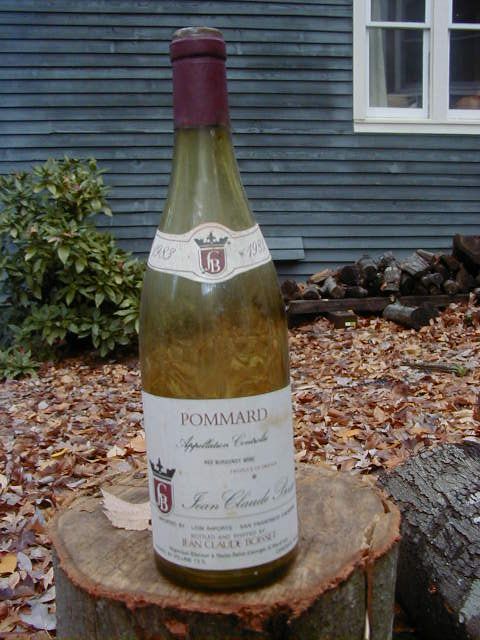
We decide to step even closer. We are getting "close" to a closeup!
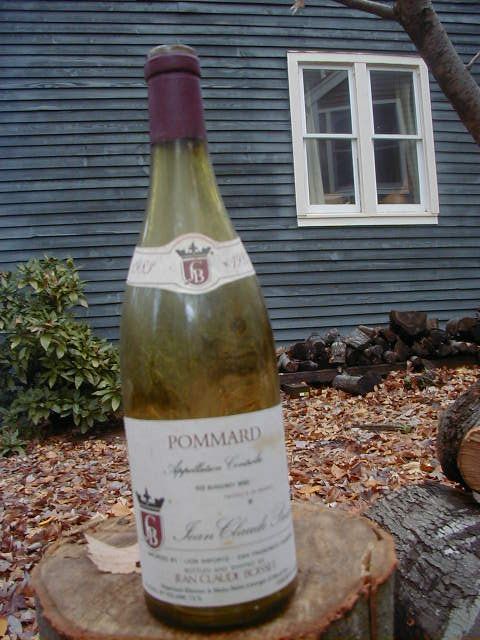
We decide to step forward and take a closeup of the wine bottle (or other item/picture). We forget to go to Olympus Macro mode!
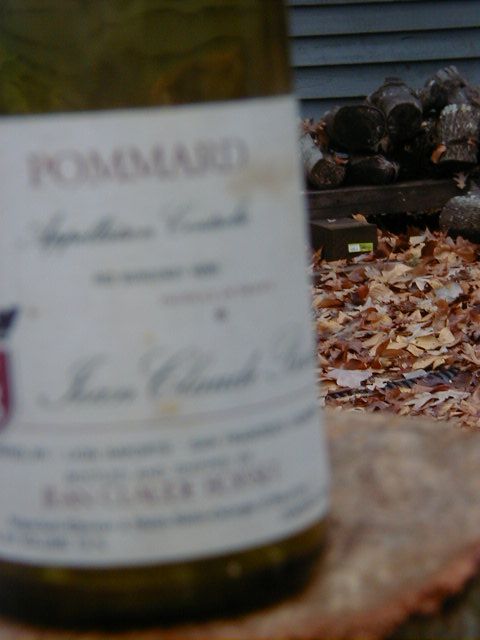
We go to Olympus Macro mode -- and: Success!
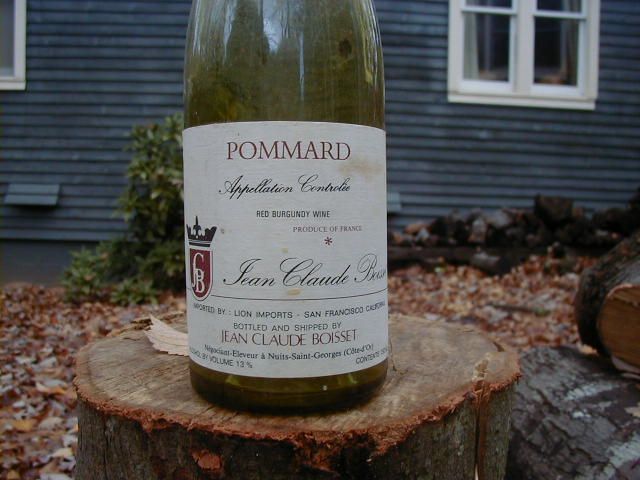
Use Macro mode when you are within a couple of feet of the focused item (for example a child's/person's face).
I am experimenting with leaving Macro mode on as a default for all pictures taken within a room. Let me know if you have a comment on this matter.
I decided to scan the bottle. I do not recommend you do this -- putting a 3-D object, especially glass object -- on the top of your scanner is not recommended.
However, I was very careful and I wanted to see the difference of scanning the bottle at 300 and 100 pixels.
First, I show you the bottle scanned at 100 pixels per inch.
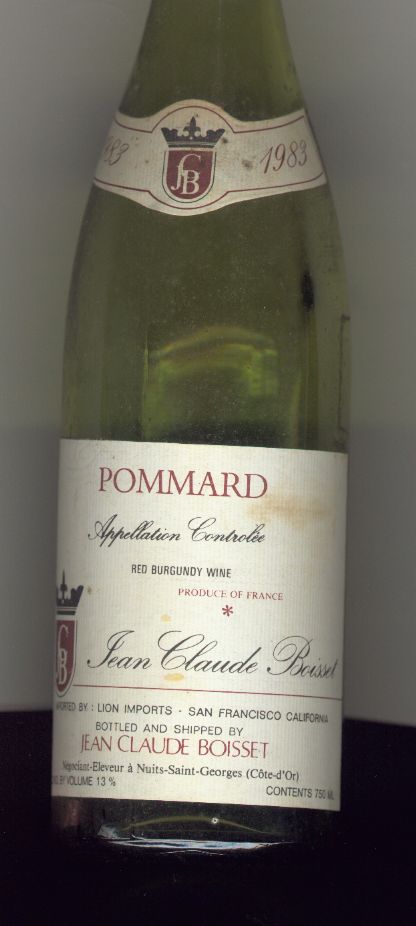
At 300 pixels per inch the scanned image is too large to show here. So, I resized the 300 PPI (pixels per inch) image to be easily displayed.
Not much difference than the 100 PPI scan when you look at the entire scanned image resized.
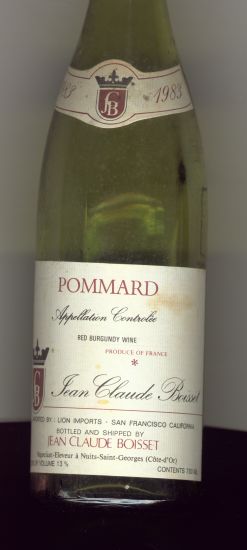
However, when you look at the detail ("Closeup") the scanned at 300 PPI is noticeably improved over the 100 PPI scanned image.
100 PPI
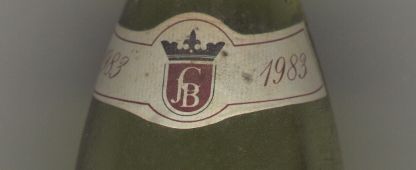
300 PPI
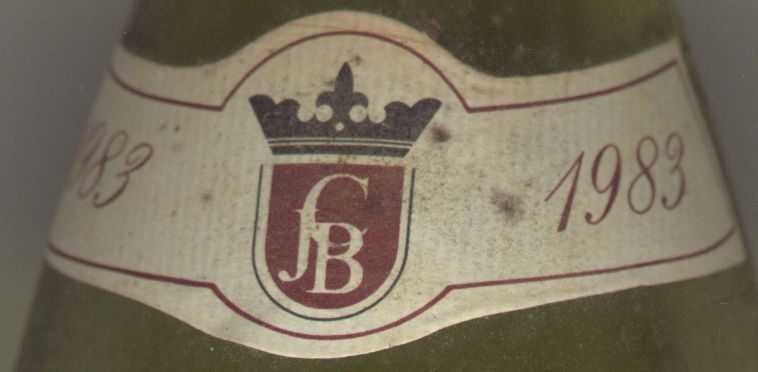
100 PPI
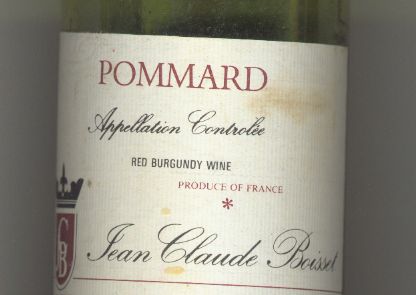
300 PPI
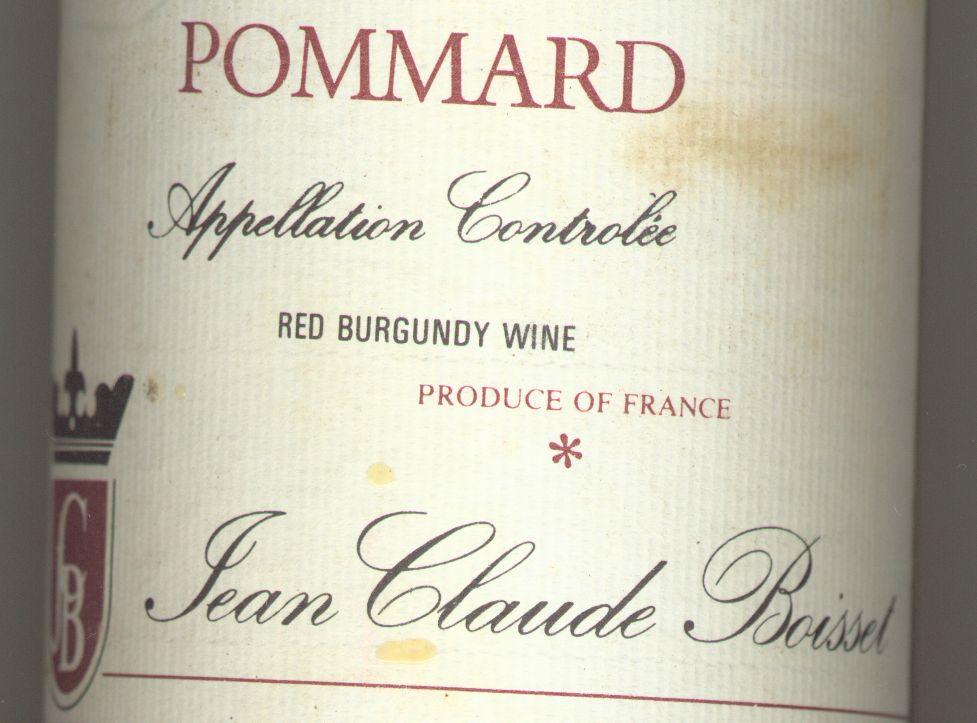
Therefore, if you are scanning "closeups" -- use as high a scanning value as your system allows (the value you choose depends on the memory and other resources you have on your home computer system).
I find that scanning at 300 PPI is plenty for detail work on my system and 100 PPI is used for the majority of scanning projects.
Good luck in your use of a scanner as the holiday season moves along!!!
Actually, I include a number of golf holes/pictures this month.
It rained this weekend in Raleigh, NC, USA and my regular weekend golf game was cancelled. Therefore I had time to review a few "old" pictures taken during our annual Scotland April visits.
If you are not interested in the following, just use your Web browser's Back button at this time.
First, let's see "Gullane Hill" (not far from Edinburgh, Scotland) from different locations.
As you arrive by car or train from Edinburgh, you will see across the bay where you soon will be walking/playing if you are playing any of the three Gullane Golf Courses.
The download size of this picture is: 80 KB
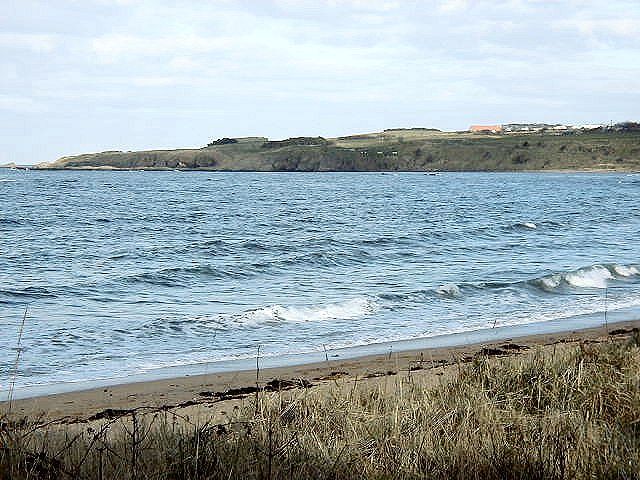
After checking into the golf professional's shop and you head to the first tee, you will soon be heading up the hill. Don't think, though, it is a tiring walk -- it is not! It is joy to play Gullane and I hope any of you whom are golfers get a chance someday to walk Gullane hill if you have not already done so.
The download size of this picture is: 52 KB
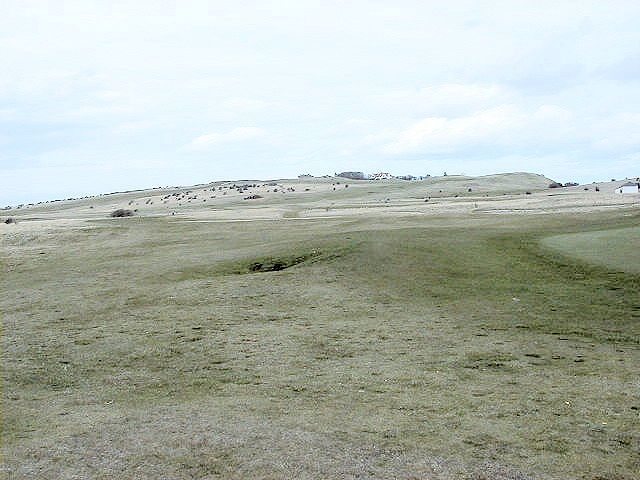
Once you are on the third hole of Gullane #1 or Gullane #2 you see the wide expanse of holes you will be challenged with as you play the terrible/wonderful game of golf.
The download size of this picture is: 63 KB
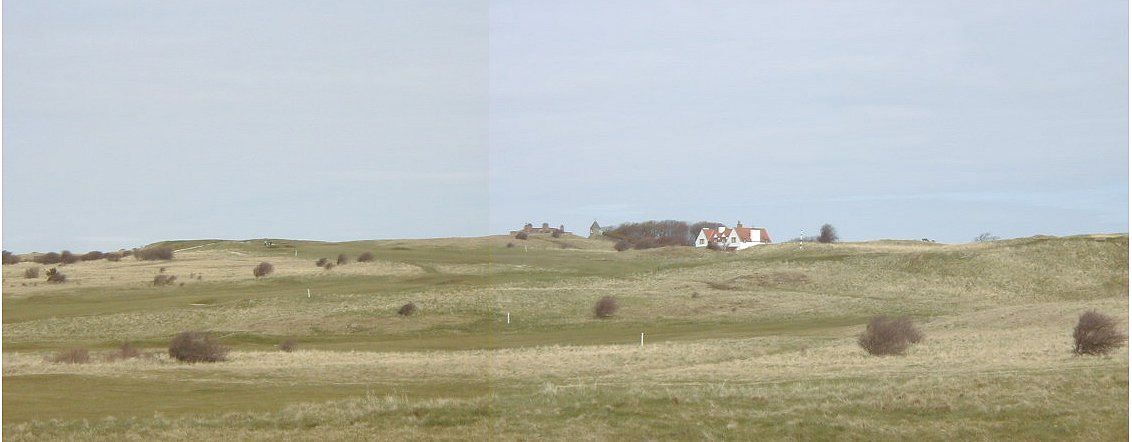
During the three-hours or so you are on the top of Gullane hill, take time to see an overall view.
This picture was resized to the size shown from larger pictures for the convenience of this Web page.
The download size of this picture is: 48 KB

About a 4-hour drive north of Gullane is Cruden Bay. It, also, has some wonderful views from its hills!
The download size of this picture is: 175 KB

It seems as if the golfer's tee shot will fly forever from the top of this hill.
The download size of this picture is: 97 KB

The castle in the background is now abandoned, but it is part of the views you will enjoy if you ever get a chance to walk and/or play Cruden Bay Golf Course.
The download size of this picture is: 119 KB

.........
Let me know if you have played -- or expect to play in the future -- the above golf holes.
I wish you well in your picture taking and travels or other activities -- and hope you share that with a journal and Web-type of presentation you share with family/friends.
---------------
To contact me about anything on this Web page, please:
send mail to: SCScompA@aol.com
------------------------------
To return to SCScompA's newsletter November 2001 page click on: SCScompA November 2001 newsletter or use your Web browser's Back button.